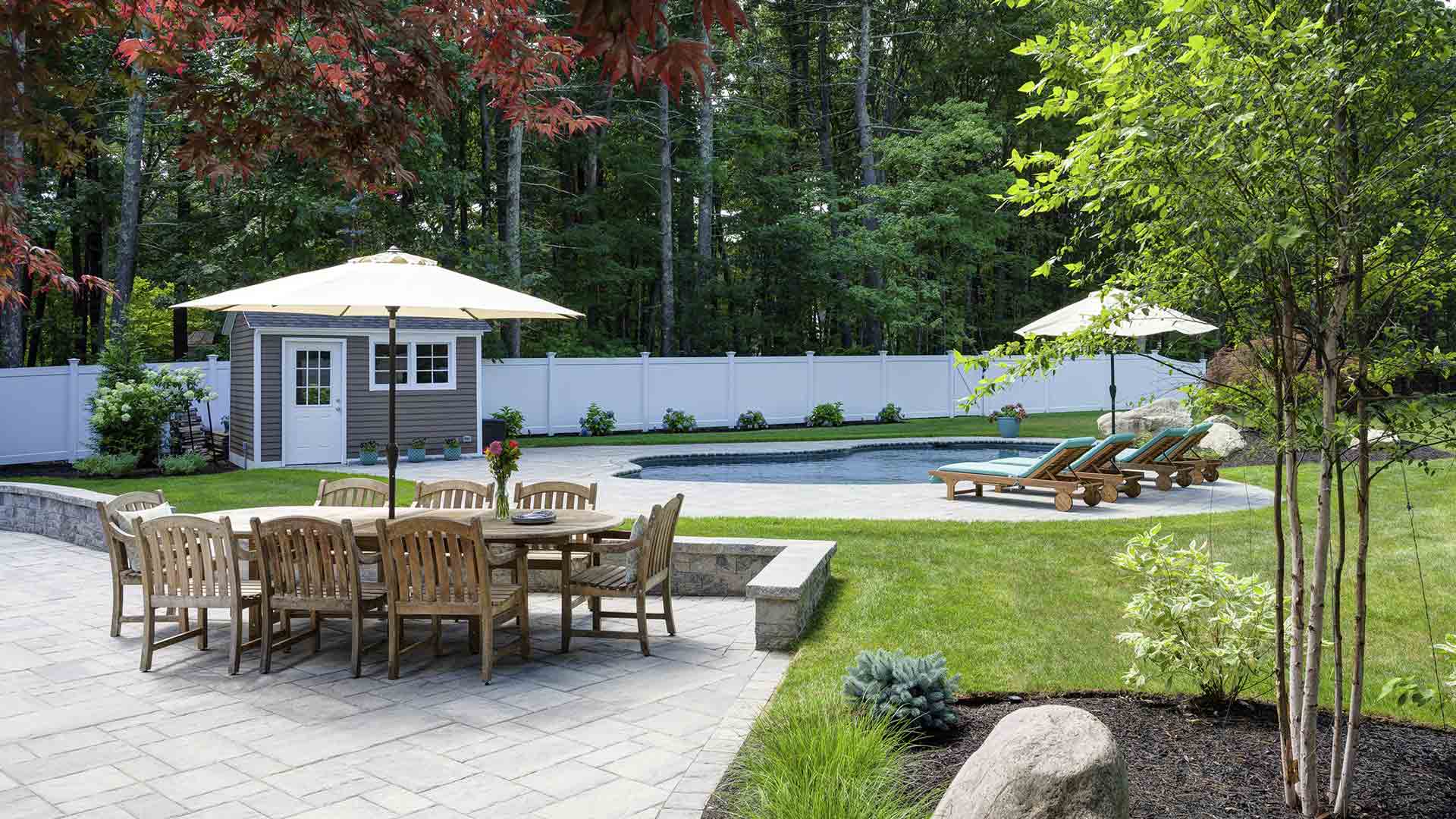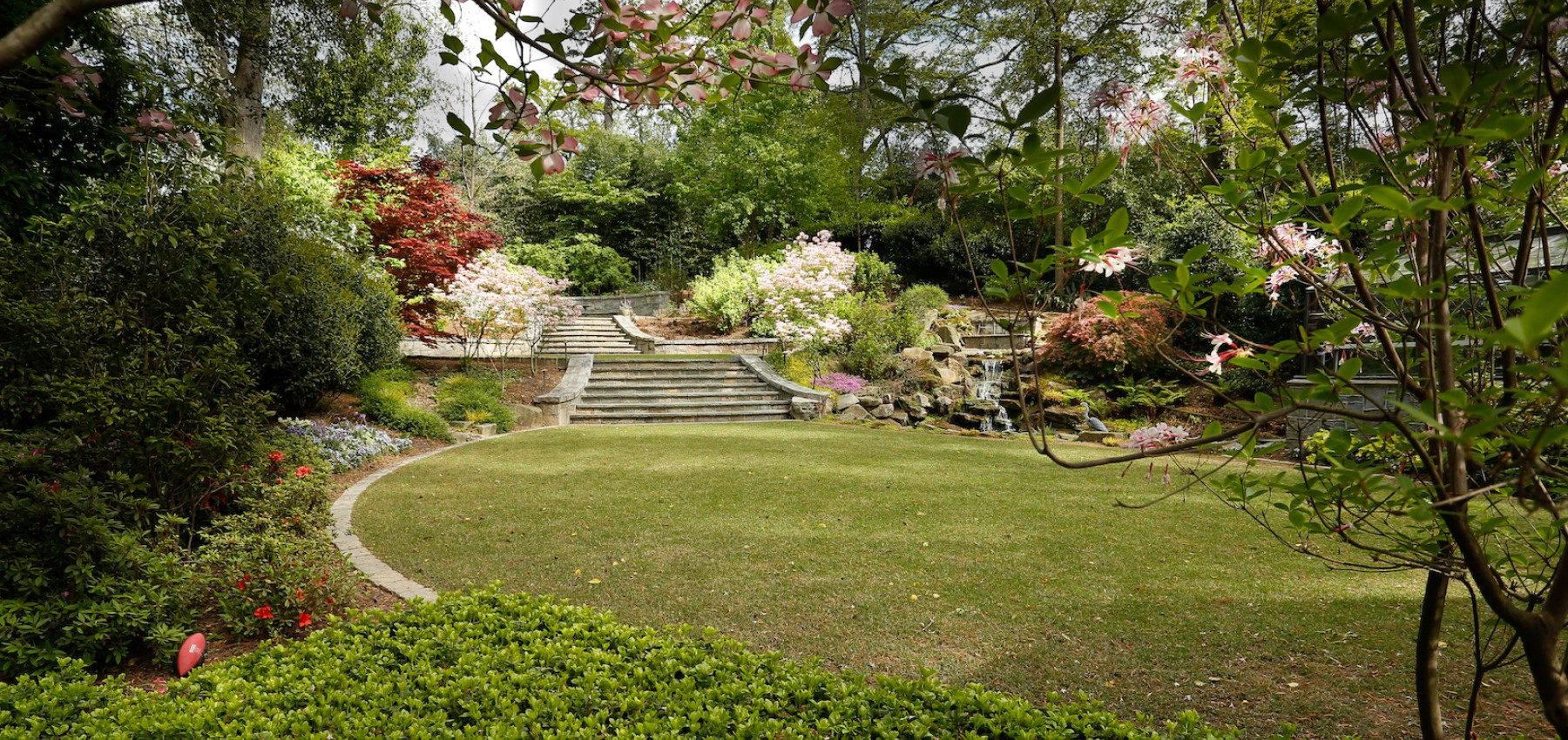Unknown Facts About Landscapers
Unknown Facts About Landscapers
Blog Article
Some Of Landscapers
Table of ContentsFacts About Landscapers RevealedAn Unbiased View of LandscapersExamine This Report about LandscapersLandscapers for Dummies5 Easy Facts About Landscapers Explained
- A tree or bush (bush) that loses its fallen leaves in winter season. In the PNW there are semi-deciduous or semi-evergreen plants that may shed their fallen leaves depending upon how cool the winter season is. Abelia and some hebe are fine examples. Landscapers. - A level gathering space, constructed from timber or composite material (made to look like timber), generally surrounding or affixed to a structure.

- Granite that is weathered to the point that it is an extremely fine accumulation. This is an all-natural process, and the result can be utilized for paths and outdoor patios. Decomposed granite is frequently referred to as DG. It is especially useful in modern landscapes. - Key landscape attributes being recommended in a landscape style strategy.
Excitement About Landscapers
These goals guide the design process, not the developer's design or preferences. Common design purposes in Rose city are low upkeep, dry spell forgiving, and animal friendly.
Over time this layer can obtain extremely thick and make it challenging for water, sun, and nutrients to get to portions of the grass.- The procedure of gathering and managing the circulation of water on a building. This can be finished with grading, French drains pipes, dry wells, permeable surface areas, sump pump, rain yards, and extra.
- A slow feeding watering system that uses adaptable tubes and emitters to send a precise amount of water to each plant. - The capacity of a plant to make it through without much summer water.
- A yard attribute where water is stood for by an aggregate stone product, generally a crushed rock or granite.- A rock or natural flagstone patio, course, or pathway built without a concrete base.
Unknown Facts About Landscapers
- A rock preserving or cost-free standing wall constructed without the use of mortar. - An underground framework that accumulate water and permits it to slow down percolate right into the soil around it.
Landscape style that works with a websites' environment in both appearance and sustainability without unfavorable impacts to the setting. Edging in the landscape is a line of separation that produces visual rate of interest in the yard by dividing one sector from another segment. This can be visual or functional, maintaining one element (such as pea crushed rock) from obtaining mixed right into one more (like bark dust).
Locations can likewise have a sensation of "enclosure" provided by trees, various other growings, fencings, or screens. The landscape near the access to a building. A tree, hedge or vine, educated to grow on a wall or fencing right into a specific pattern. Particularly helpful for fruit trees, making it simple to gather the fruit and including mess.
A plant that is foreign to the area where it will certainly be planted. Not all "exotics" are invasive or dangerous, and numerous can be well behaved or drought forgiving view website (Landscapers). A mass growing of brushes. Thicker bladed turf yard that spread through rhizomes.: The level of soil on your property before bark dirt or garden compost is spread out.
Landscapers for Dummies

The function, reason, or action that a location is be landscaped for. Space for expanding plants for viewing, consuming, or physical activity.
Reduced plants that are enabled or motivated to spread out over a location. Can refer to any kind of "tough" garden elements consisting of statuary or stones but the majority of frequently is made use of to refer to paths, patio areas, and walls.: Height distinction in between the degree of water in a pond (or the degree of the pump if it rests outside the fish pond) and the upper electrical outlet of water which influences efficiency of the water pump in gph (gallons per hour).

Not known Incorrect Statements About Landscapers
A more kicked back yard dominated by bent instead than straight bed lines and a much less rigid framework. Standard PNW landscapes are informal. A plant that spreads more than desired, or into environments where it does damage. Rose city has a checklist of invasive plants that must not be set up in landscapes due to the fact that they can spread out to forests or waterways and be difficult to control.
Smart irrigation controller evaluations and referrals right here. 2-D making of the proposed watering system. Can consist of head positionings and coverage, pipe sizing, find out GPM specs, and materials required to mount this system. A watering plan is normally unnecessary for houses but prevails for business projects. Licensed professional who makes landscapes, educated in design and design in addition to in cultivation.
Landscape developers typically have less schooling than Landscape Architects and are not accredited. A completed landscape layout, describing all components for find out here the new landscape.
Calcium material made use of to elevate the pH in soil, which will certainly make it much less congenial to moss. A water limited HDPE material utilized below fish ponds, streams and waterfalls in water features. Using several plantings of the exact same variety to fill out an area in the landscape. This can lower maintenance and water usage in the garden.
Report this page